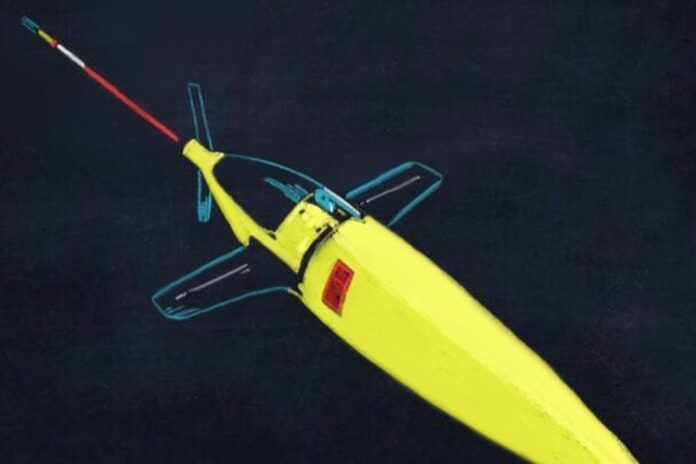Akvaplan-niva has been using gliders (autonomous marine robots) rigged with multiple sensors very successfully for the last 4 years. Its fleet of gliders has collected data for several months in the Norwegian Arctic around the Lofoten Vesterålen islands providing new insight into marine ecosystem structure and functioning. Recently Akvaplan-niva was awarded funding for a new project for expanded use of this technology by the ERA net, MATERA program.
The robots in use do not emit sound, vibration nor light, and as such are non-invasive unlike research vessels, allowing to collect data from an undisturbed ecosystem. Akvaplan-niva has revealed that zooplankton biomass (Calanus) lies in the first 10-20 meters from the sea surface during spring time. Also, the company detected the presence of sperm whales actively feeding in marine areas where this species had never been recorded previously.
While these discoveries confirmed the benefits of using autonomous vehicles in ocean science, the curiosity of Akvaplan-niva scientists increased for even further insight. They wanted to explore how gliders can be utilised to follow the yearly Calanus migration that hibernates in the deep Norwegian Sea at ca. 800 m and goes all the way up to the surface during spring to feed and reproduce. In order to be able to collect information to understand this migration process, its scientist need to develop new functionalities onboard of the glider vehicles.
This is the background for Akvaplan-niva joining in an European consortium and applied for funding from the MarTERA program of the ERA NET Cofund of the JPI Ocean of the European Union. The project is designed for integrating an acoustic echo sounder (EK80 WBT mini from Simrad) and an optical sensor (UVP6 from Hydroptic) onboard Seaglider which can dive all the way down to 1000 m depth. The integration of these two sensors in the Seaglider will provide scientists with the possibility to follow the ascent and descent of the zooplankton Calanus and also to understand where and how they hibernate in deep water.



